Social eruptions
Qadri’s shrine will pose as an emblem against any move to change the blasphemy law or provide justice to Asiya bibi
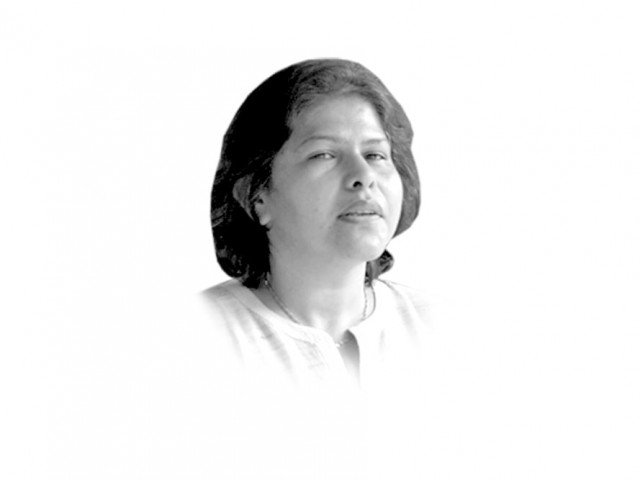
The writer is an independent social scientist and author of Military Inc. She tweets @iamthedrifter
The street battle, which was followed by a battle of sorts on social media, probably provided some distraction to a society that is now comfortably hooked to ‘breaking news’ and averse to the idea of any deeper self-assessment. Most importantly, the process of review no longer fits well with the newly formed and inorganic idea of patriotism or an artificial sense of moving forward without being bothered by the past.
The former governor’s anniversary was yet an event for the Sunni Tehreek to popularise itself. After all, other groups get ample opportunity to advertise themselves either through associating themselves with strategic objectives of the state and publicising their welfare work, or through undertaking crass violence that puts them on top of the news. The blasphemy law is their big ticket to support amongst the masses which they would like to consolidate further with the symbol they have now erected in the form of Mumtaz Qadri’s shrine near the capital city. Last year his family had buried him strategically in an open ground and sort of wilderness to ensure that a structure could be built on top. A langar (free food distribution) was started soon after to entertain visitors. So, when the government thought it was getting rid of a problem by not allowing burial in a main graveyard or in Rawalpindi, they didn’t realise that they would not be able to recover from this issue. Qadri’s shrine will pose as an emblem against any move to change the blasphemy law or provide justice to Asiya bibi. In any case, there is a general consensus amongst all sects regarding blasphemy law with differences over implementation. In Pakistan’s history there are moments when leaders can tinker with emotionally potent issues and now is not the time to do so.

Under the circumstances, the government did what governments have been doing for decades — try to muffle the problem and hide it under the carpet while contributing to it at the same time. In fact, the leadership is very much part of the militancy-radicalism problem as we see it today, and have contributed to the problem since creation of the state. According to renowned Pakistani political scientist Khalid Bin Sayeed, generations of leadership including those that created the state made use of the grassroots culture that is mired in religious values firstly to create the state but later to extend their own power. What was required was a gentle tweaking off and merger of the two systems that the country inherited — post colonial legal and institutional legacy and the grassroots Islamic values — to be tied together through social and economic development agenda that was never undertaken. Instead, governments made it a habit to use religion for power maximisation, and so conceded space every time they were confronted with street pressure in name of religion. It saved them from delivering anything meaningful.
Therefore, for the masses religion became the only element they could depend on for venting their frustration and in the process adding to street power of religious groups that they would not otherwise vote for. This is what Sayeed calls social eruptions the pattern of which has remained the same since the first anti-Ahmediya riots in 1953, which, as observed by the then court of inquiry: “If there is one thing which has been conclusively demonstrated in this inquiry, it is that provided you can persuade the masses to believe that something that they are asked to do is religiously right or enjoined by religion, you can set them to any course of action… And it is our deep conviction that if the Ahrar had been treated as a pure question of law and order, without any political considerations, one District Magistrate and one Superintendent of Police could have dealt with them.”
In the ensuing years, the inability of governments and leadership (irrespective of whether they were civil or military) to provide any socioeconomic development forced them to compromise in face of violence and street power by groups under the umbrella of religion. Seventy years later, the masses are confronted with a system where political parties and major state institutions have turned mafia like that distribute patronage to their clientele which means resources and opportunities on the basis of an informal formula.
However, something not usually factored is the change in the makeup of the elite. Over the years, the elite changed from those that were trained in lap of the colonial legacy to the more indigenous generation of rulers and power centres that were more inclined to use religion even more ruthlessly. This indeed is the saga of South Asia. Pakistan’s specificity is that given the weakness of the political process the chaiwala (tea seller) is still unable to capture the state and, hence, not in a position to fight for ideological ascendency institutionally. Instead he takes recourse to violating the imagined sanctity of the elite. This is done by acts like vandalising the murals in Karachi that he equates with Western values or burning tyres in the heart of the posh neighbourhood of Gulberg. The new elite that has a right-wing character is just waiting for the right opportunity to formally grab power, preferably through a partnership with segments of the state. This doesn’t mean that the condition of the poor will improve. Corruption for generations has seeped into the fabric of the society making it difficult to witness any substantive shift for the common man.
Published in The Express Tribune, January 12th, 2017.
Like Opinion & Editorial on Facebook, follow @ETOpEd on Twitter to receive all updates on all our daily pieces.




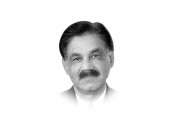

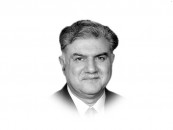

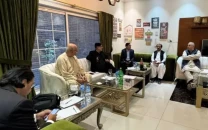
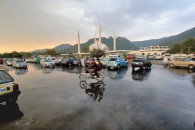
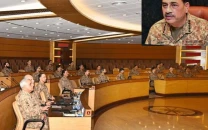

COMMENTS
Comments are moderated and generally will be posted if they are on-topic and not abusive.
For more information, please see our Comments FAQ